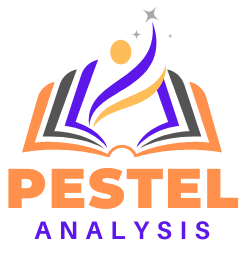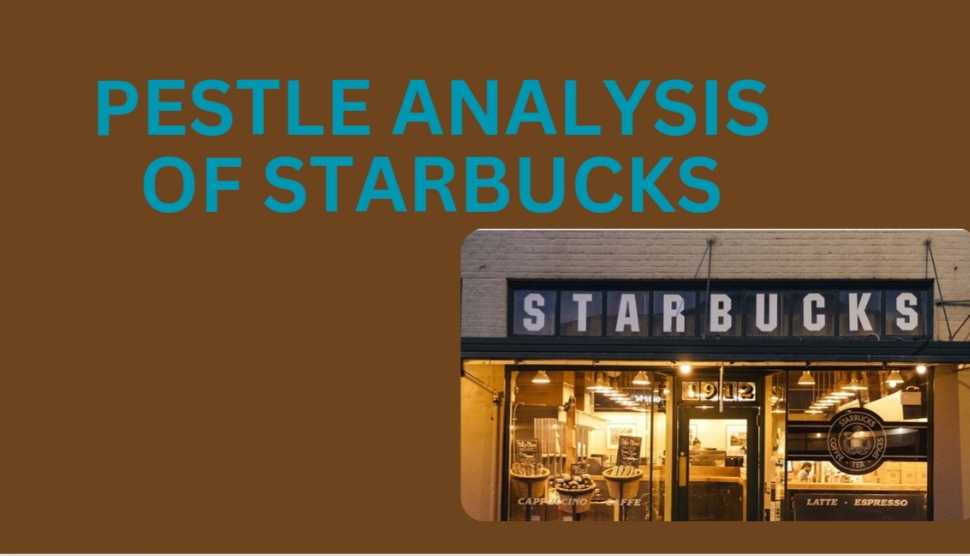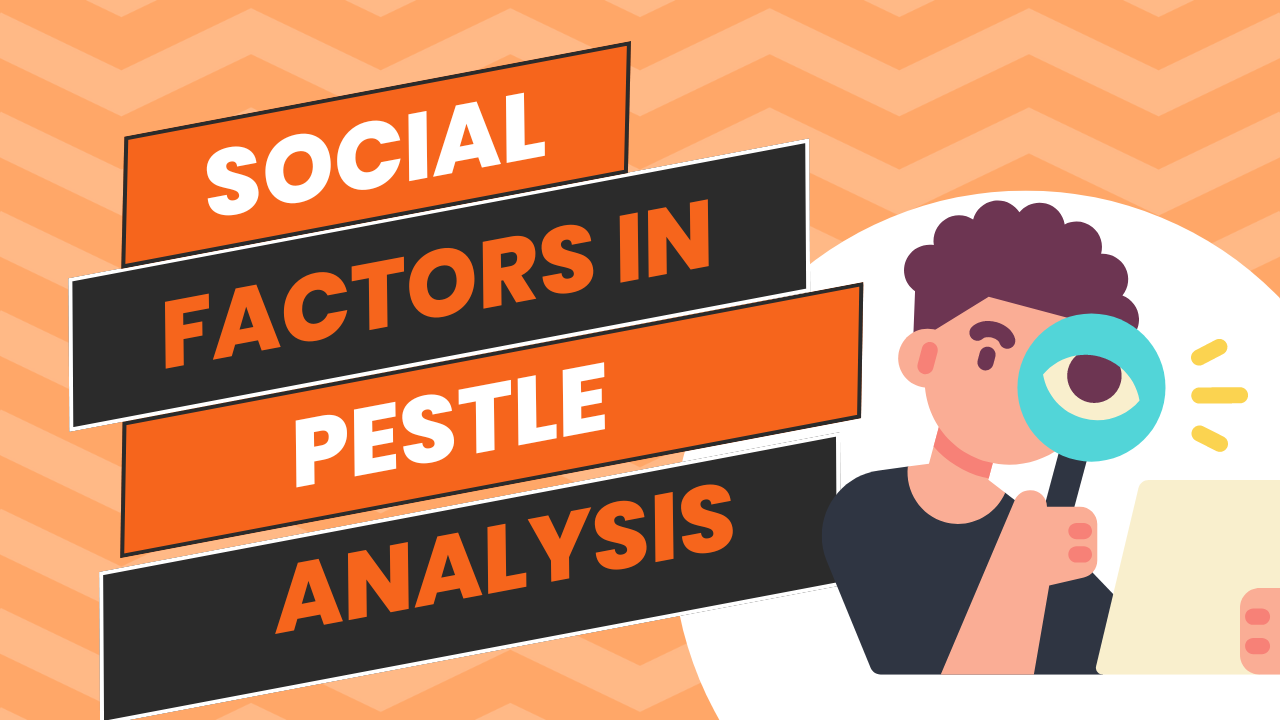“Starbucks Corporation, the global coffeehouse chain headquartered in Seattle, Washington, stands as an iconic brand in the realm of coffee culture worldwide. In navigating the complexities of today’s business environment, understanding the external factors that influence its operations is paramount. A PESTLE analysis provides a comprehensive framework to evaluate the Political, Economic, Social, Technological, Legal, and Environmental factors impacting Starbucks. By delving into these facets, stakeholders can gain valuable insights into how Starbucks strategically adapts to external forces, shapes its business strategies, and sustains its competitive edge in the dynamic coffee industry.”
Table of Contents
TogglePolitical Factors of Starbucks
Political factors influencing Starbucks may include:
- Government regulations: Starbucks operates in various countries, each with its own set of regulations related to labor laws, food safety standards, and taxation policies. Changes in these regulations can affect Starbucks’ operations and profitability.
- Trade policies: International trade agreements and tariffs can impact the cost of importing coffee beans and other ingredients, as well as exporting finished products. Changes in trade policies may affect Starbucks’ supply chain and pricing strategy.
- Political stability: Political instability or unrest in countries where Starbucks operates can disrupt its operations, supply chain, and consumer behavior. For example, civil unrest or government instability may lead to closures of stores or decreased consumer spending.
- Corporate taxation: Changes in corporate tax rates or tax policies in various countries can impact Starbucks’ financial performance and profitability. Shifts in tax laws may influence decisions related to store expansion, pricing strategies, and investment priorities.
- Labor laws: Regulations related to employment practices, such as minimum wage laws, overtime regulations, and employee benefits, can affect Starbucks’ labor costs and workforce management strategies. Compliance with labor laws is essential for maintaining employee satisfaction and avoiding legal issues.
Understanding and adapting to these political factors is crucial for Starbucks to mitigate risks, seizeopportunities, and sustain its growth and profitability in an ever-changing global landscape.
Economic Factors of Starbucks
Economic factors influencing Starbucks include:
- Economic growth: Starbucks’ performance is closely tied to the overall economic growth of the countries and regions where it operates. During periods of economic expansion, consumers tend to have higher disposable incomes, leading to increased spending on premium coffee products and dining experiences.
- Consumer spending patterns: Changes in consumer spending habits, preferences, and trends can impact Starbucks’ sales and profitability. Economic downturns may lead to reduced discretionary spending on premium coffee beverages, while economic upturns may stimulate higher demand.
- Exchange rates: Starbucks sources coffee beans and other ingredients globally, making it susceptible to fluctuations in currency exchange rates. Changes in exchange rates can affect the cost of importing raw materials, as well as the profitability of international operations and pricing strategies.
- Interest rates: Interest rate movements influence consumer borrowing costs, mortgage rates, and overall consumer confidence levels. Higher interest rates may lead to decreased consumer spending on non-essential items like specialty coffee drinks, while lower rates may stimulate spending.
- Inflation: Inflationary pressures impact Starbucks’ operating costs, including expenses related to labor, rent, utilities, and raw materials. To maintain profit margins, Starbucks may adjust menu prices in response to inflation or implement cost-saving measures.
- Employment levels: Unemployment rates and labor market conditions affect Starbucks’ ability to attract and retain talent, as well as consumer purchasing power. Low unemployment rates may result in labor shortages and wage inflation, impacting Starbucks’ labor costs and profitability.
- Global economic conditions: As a multinational corporation, Starbucks is exposed to economic conditions in various countries and regions. Economic downturns, currency crises, and geopolitical tensions can adversely affect consumer confidence, supply chain operations, and sales performance in international markets.
By monitoring and responding to these economic factors, Starbucks can adapt its business strategies, pricing policies, and expansion plans to mitigate risks and capitalize on opportunities for growth and profitability.
Social Factors of Starbucks
Social factors influencing Starbucks include:
- Demographic trends: Starbucks caters to a diverse customer base, and changes in demographic trends, such as population growth, urbanization, and aging populations, can impact consumer preferences and behaviors. For example, an increasing urban population may lead to higher demand for convenient coffee options and on-the-go consumption.
- Lifestyle preferences: Starbucks’ success is partially attributed to its ability to create a unique and inviting atmosphere that appeals to consumers seeking not just coffee but also a social experience. Changes in lifestyle preferences, such as the desire for healthier options, sustainable practices, or experiential dining, can influence Starbucks’ product offerings and store ambiance.
- Health and wellness trends: Growing concerns about health and wellness have influenced consumer preferences for healthier food and beverage options, including low-calorie drinks, organic ingredients, and plant-based alternatives. Starbucks has responded to these trends by introducing healthier menu items and providing nutritional information to consumers.
- Technological adoption: Social media and digital technologies have transformed the way consumers interact with brands and make purchasing decisions. Starbucks has leveraged technology to enhance customer engagement through its mobile app, loyalty program, and personalized marketing initiatives, thereby strengthening its social presence and customer relationships.
- Ethical and cultural values: Increasingly, consumers are prioritizing ethical sourcing, sustainability, and corporate social responsibility when choosing brands to support. Starbucks has made efforts to address these concerns by implementing sustainable sourcing practices, reducing environmental impact, and supporting community initiatives, aligning with the values of socially conscious consumers.
- Cultural diversity: Starbucks operates in diverse cultural contexts worldwide, and understanding local customs, traditions, and preferences is essential for tailoring its products and marketing strategies. Cultural sensitivity and localization efforts enable Starbucks to connect with consumers on a deeper level and foster brand loyalty across different markets.
By staying attuned to these social factors, Starbucks can adapt its marketing strategies, product offerings, and store experiences to resonate with evolving consumer preferences and societal norms, thereby maintaining its relevance and competitive advantage in the coffee industry.
Technology Factors of Starbucks
Technology factors influencing Starbucks include:
- Mobile and digital platforms: The widespread adoption of smartphones and digital technology has revolutionized the way consumers interact with businesses. Starbucks has capitalized on this trend by offering a robust mobile app that enables customers to order ahead, pay digitally, earn rewards, and receive personalized offers. Embracing mobile and digital platforms enhances convenience, improves customer engagement, and drives sales for Starbucks.
- Digital payment solutions: Starbucks’ mobile app incorporates digital payment solutions, such as mobile wallets and contactless payments, which streamline transactions and enhance the customer experience. By embracing digital payment technologies, Starbucks reduces transaction times, increases convenience for customers, and gathers valuable data insights for targeted marketing efforts.
- Data analytics and personalization: Starbucks leverages data analytics to analyze customer preferences, purchase patterns, and demographic information gathered through its mobile app and loyalty program. By harnessing big data, Starbucks can personalize marketing campaigns, recommend relevant products, and optimize store layouts to enhance customer satisfaction and drive sales.
- Supply chain management: Technology plays a critical role in Starbucks’ supply chain management, enabling efficient sourcing, inventory management, and distribution of coffee beans and other ingredients to its stores worldwide. Advanced technologies, such as predictive analytics, RFID tracking, and blockchain, enhance visibility, traceability, and sustainability across the supply chain, ensuring product quality and reducing operational costs.
- Digital marketing and social media: Starbucks utilizes digital marketing channels and social media platforms to engage with customers, promote new products, and build brand loyalty. By leveraging social media analytics and influencer partnerships, Starbucks can amplify its marketing reach, drive brand awareness, and cultivate an online community of coffee enthusiasts.
- Innovation and automation: Starbucks invests in technological innovation and automation to streamline operations, improve efficiency, and enhance the customer experience. Examples include automated espresso machines, digital order kiosks, and AI-driven inventory management systems, which reduce wait times, minimize errors, and optimize resource allocation in Starbucks’ stores.
By embracing technology and leveraging digital innovations, Starbucks enhances its competitive position, strengthens customer relationships, and drives sustainable growth in the dynamic coffee industry.
Legal Factors of Starbucks
Legal factors influencing Starbucks include:
- Compliance with regulations: Starbucks must adhere to various local, national, and international regulations governing the food and beverage industry, including health and safety standards, product labeling requirements, and licensing regulations. Ensuring compliance with these regulations is essential for maintaining consumer trust and avoiding legal liabilities.
- Intellectual property protection: Starbucks invests in brand identity and intellectual property assets, including trademarks, copyrights, and proprietary recipes. Protecting these assets through legal means, such as trademark registrations and intellectual property enforcement actions, safeguards Starbucks’ brand reputation and prevents unauthorized use or infringement by competitors.
- Employment law: Starbucks is subject to labor and employment laws governing workplace practices, employee rights, and labor relations. Compliance with laws related to minimum wage, overtime pay, anti-discrimination, and workplace safety is essential for fostering a positive work environment, minimizing legal risks, and upholding corporate social responsibility.
- Contractual agreements: Starbucks enters into various contractual agreements with suppliers, distributors, landlords, and franchisees to support its operations and expansion efforts. Ensuring the enforceability and compliance of these contracts, including lease agreements, supply contracts, and franchise agreements, protects Starbucks’ interests and mitigates legal disputes.
- Consumer protection laws: Starbucks must comply with consumer protection laws and regulations aimed at safeguarding consumer rights, ensuring product safety, and preventing deceptive marketing practices. Providing accurate product information, honoring warranties, and addressing customer complaints in a timely manner are critical for maintaining consumer trust and loyalty.
- Data privacy and security: Starbucks collects and stores customer data through its mobile app, loyalty program, and online platforms, necessitating compliance with data privacy laws and regulations, such as the General Data Protection Regulation (GDPR) in the European Union and the California Consumer Privacy Act (CCPA) in the United States. Implementing robust data privacy and security measures protects customer information from unauthorized access, breaches, and misuse.
By proactively addressing these legal factors and staying abreast of regulatory developments, Starbucks can mitigate legal risks, uphold ethical standards, and sustain its reputation as a responsible corporate citizen in the global marketplace.
Envirnomental Factors of Starbucks
Environmental factors influencing Starbucks include:
- Sustainable sourcing practices: Starbucks recognizes the importance of sustainable sourcing of coffee beans to minimize environmental impact and support local farming communities. The company works to establish partnerships with coffee growers who adhere to sustainable farming practices, such as organic cultivation, shade-grown coffee, and fair trade certification. By promoting sustainable agriculture, Starbucks aims to preserve biodiversity, conserve natural resources, and mitigate climate change.
- Waste management and recycling: Starbucks is committed to reducing waste and promoting recycling initiatives in its operations. The company has implemented recycling programs in its stores, offering recycling bins for paper, plastic, and aluminum materials. Additionally, Starbucks has set ambitious goals to increase the use of reusable cups and reduce single-use packaging through innovations such as recyclable and compostable materials.
- Energy conservation: Starbucks is actively engaged in reducing energy consumption and promoting renewable energy solutions across its global operations. The company invests in energy-efficient equipment, LED lighting, and building design practices to minimize energy usage in its stores and roasting facilities. Furthermore, Starbucks seeks to increase its reliance on renewable energy sources, such as solar and wind power, to power its operations and reduce its carbon footprint.
- Water stewardship: Water is a vital resource in coffee cultivation and beverage production, and Starbucks is committed to responsible water stewardship. The company implements water conservation measures in its supply chain, such as efficient irrigation techniques and water-saving technologies in coffee farms. Additionally, Starbucks works to reduce water usage in its stores and roasting facilities through equipment upgrades and operational improvements.
- Climate change adaptation: Starbucks acknowledges the risks posed by climate change to its business operations, including disruptions to coffee supply chains, extreme weather events, and shifting growing conditions. The company invests in climate resilience efforts, such as diversifying sourcing regions, supporting climate-smart agriculture practices, and collaborating with industry partners to address climate-related challenges.
- Environmental certifications and standards: Starbucks pursues environmental certifications and standards to demonstrate its commitment to sustainability and responsible business practices. The company seeks certifications such as LEED (Leadership in Energy and Environmental Design) for its store construction and design, as well as certifications for sustainable coffee sourcing, such as Rainforest Alliance and Fair Trade.
By prioritizing environmental sustainability in its business practices, Starbucks aims to minimize its ecological footprint, contribute to global conservation efforts, and create a more sustainable future for coffee farming communities and ecosystems worldwide.







